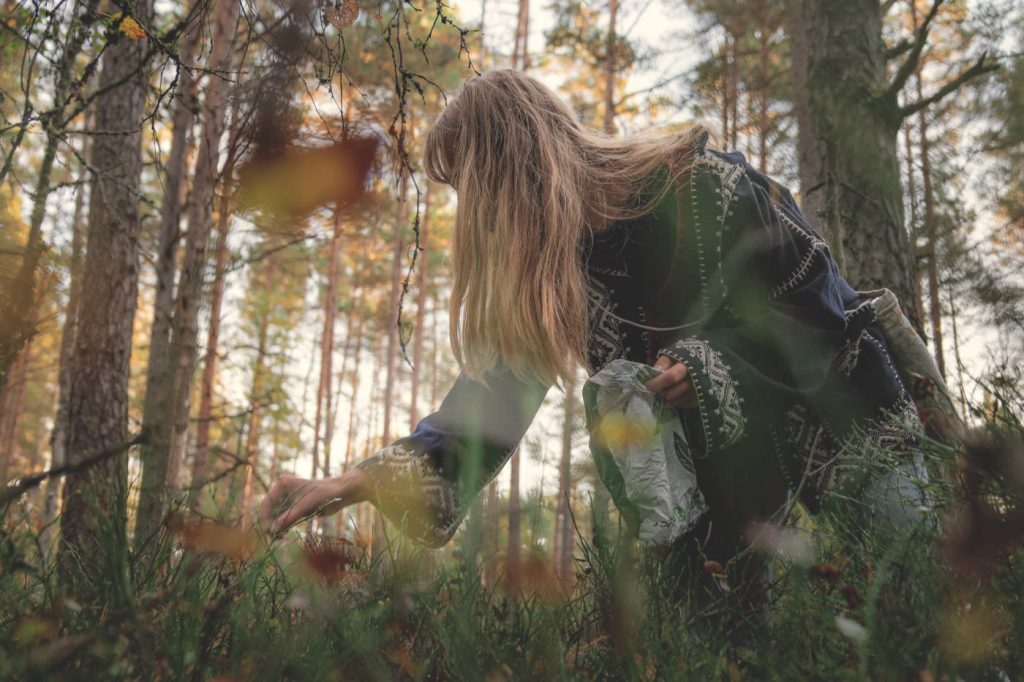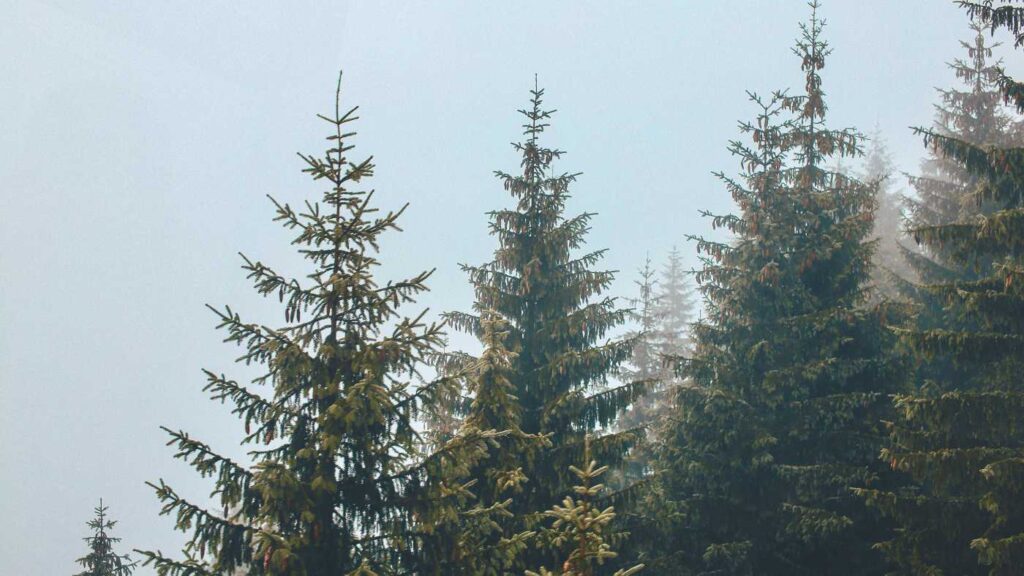Holding the powerful knowledge of identifying wild plants and picking them for preparing nourishing meals and medicine has tremendous benefits. Not only physically, by being active and eating nutritious wild plants, but more so it enriches us on a deeper emotional and energetic level, bonding us with the natural world from which we originate.
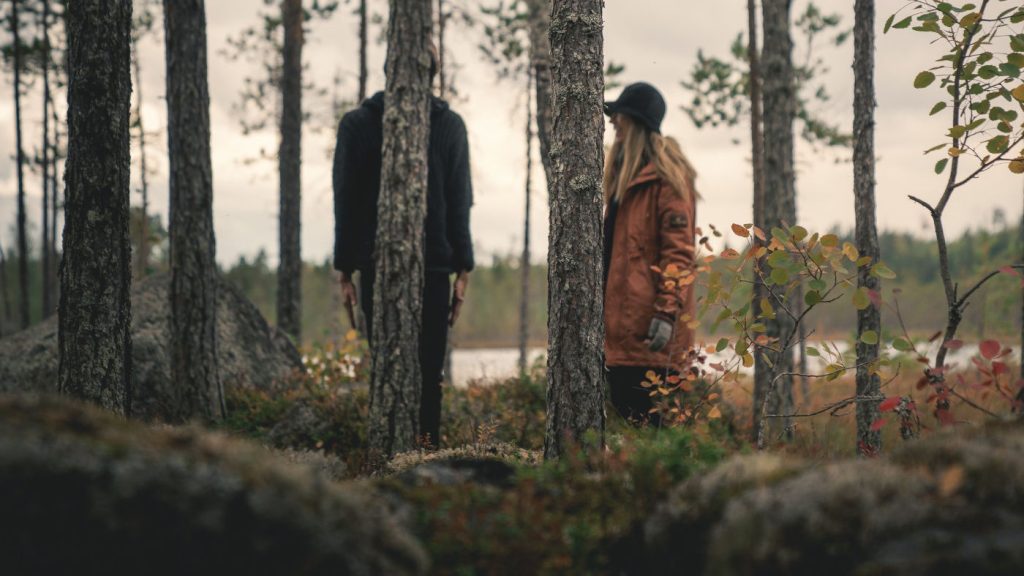
I am adamant that we all carry within us this wisdom, passed down from our ancestors who lived in harmony with the land and survived from its resources. Only in our modern ways of living have we forgotten how to harvest in nature responsibly, sustainably, and safely, in a manner that heals and connects us to nature and our fundamental being. However, by following a few simple guidelines on where, how, and the do’s and don’ts of wild plant harvesting, we can rediscover and bring back the lost practices.
Safety for all
We cannot hide the fact that picking plants in nature for personal gain impacts the environment; the reproduction of the plants we pick, food for animals and the natural ecosystem. It is therefore extremely important that we harvest responsibly and ensure sustainability with proper knowledge, respect and humbleness to our surroundings and ourselves. Below I’ve made a guideline on how to do so:
1. Know your plants
Learning to accurately identify the plant/s you wish to harvest is super important so that you don’t end up poisoning yourself from toxic look-alikes or harvest endangered species that should be left for re-establishment. Use appropriate books, videos or phone apps to help you with correct identification. Alternatively, ask a knowledgeable friend to come with you the first few times until you feel confident enough on your own. One thing that helps me when I first get to know a plant is to look up what potential look-alikes the plant has, if any of them are poisonous and how to tell them apart. This way I can more easily rule out any tricksters and be certain I get the right plant. The bottom line is that you must always be fully confident in your identification and never consume a plant unless identified with 100% certainty. Remember, many plants do look alike.
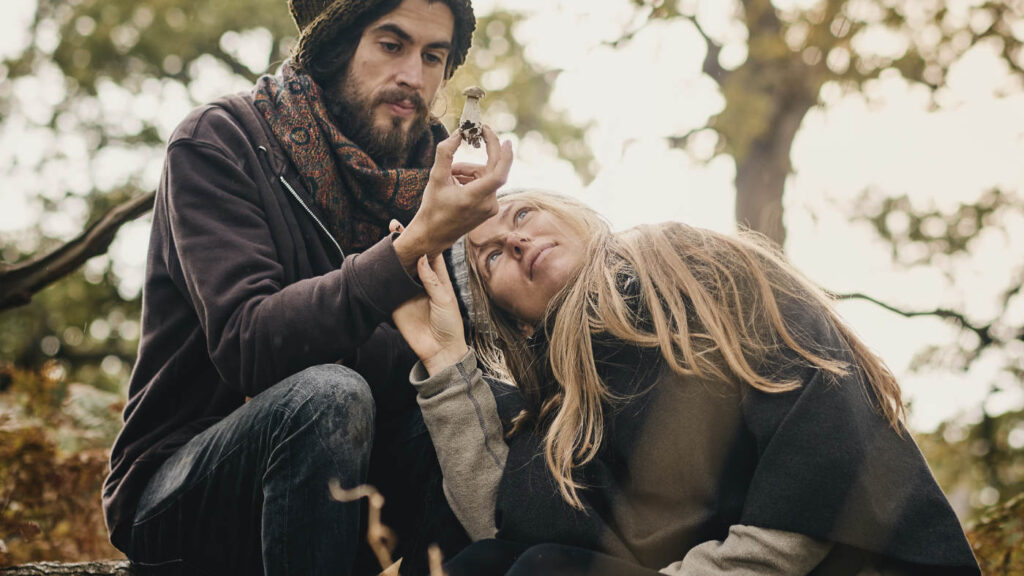
2. Bring the right tools
Scissors or secateurs are a must to bring on your wildcraft excursions. It ensures safe harvesting of the plant and avoids pulling up its roots. Unless it’s the roots you are after of course, then a shovel or pointed spade is what you need. Do you have a beautiful woven basket in your possession then use that to store your harvest in for a more romantic feel. This is usually too impractical for me and instead, I prefer to store my harvest in paper bags which I can keep in my rucksack. Avoid plastic bags if you can, I don’t think the plants like them.
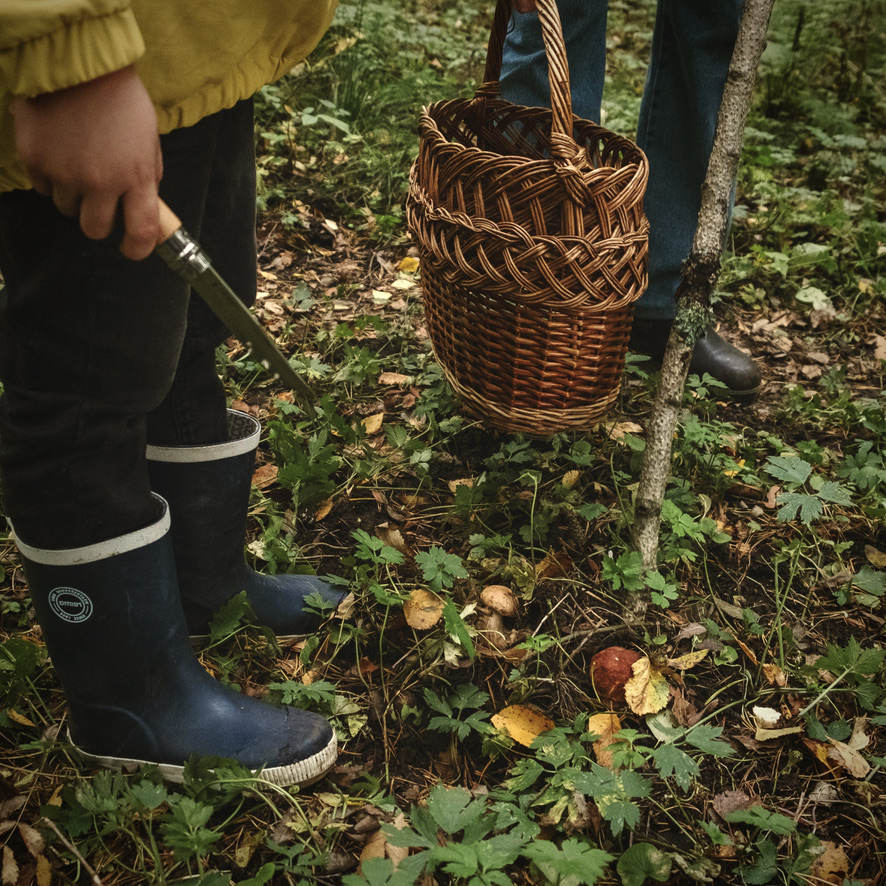
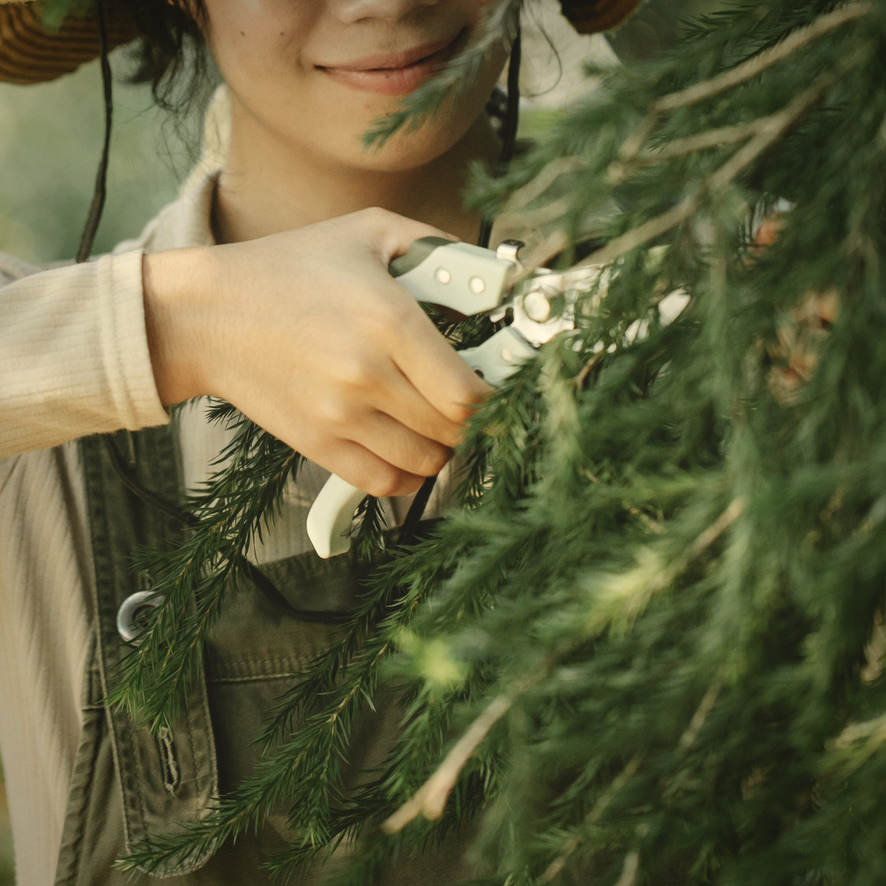
3. Be Sustainable and show respect for your environment
Harvest with awareness and never leave a plot empty of the plant you’ve been picking. I cannot stress enough how important this is for the regeneration of the plant. A good rule of thumb is to harvest no more than 10% of a plant population in a given area so that there is still plenty left for animals and other people to enjoy. To minimise wasting your harvest I would also highly suggest you justify the picking of a plant before you do so; what are you planning to do with your harvest? How much do you need? etc. Lastly, educate yourself on the natural growing seasons and reproductive cycles of the plants you have an interest in i.e. find out when is the right time to harvest.
4. Avoid contaminated areas
Ensure the health of the plant you plan on harvesting for food or medicine and stay away from busy roadsides, industrial sites, and areas that may be contaminated with pesticides or pollutants. Plants easily absorb chemicals and pollutants which in turn get into your system as you eat the plant, causing harm instead of good. Limit your harvesting to the forest or big meadows. That calls for a nicer and healthier experience altogether!
5. Know the legal Considerations
Keep yourself updated on where you may and may not pick plants. Some countries and areas have specific restrictions or require permits for wildcrafting which, although may seem unreasonable, one should at all times respect. Here in Sweden for instance you may only harvest resin and birch sap as well as some nuts on your own land unless the land owner is kind enough to give you permission to harvest on their land.
6. Avoid allergic reactions
Some plants cause allergies in some people. To avoid any serious allergic reactions, always take an allergy test before using the plant by rubbing parts of it on a small area of the skin. If you experience any itchiness or rash after a short time, this is probably not the plant for you.
7. Continue learning and Share
Wildcrafting in nature is a lifelong learning process. Continuously educate yourself on plant species, ecosystems, and sustainable practices. Not only through reading but also through spending time in the outdoors, inviting the plants to teach you. There is so much wisdom to be found in nature. Share your knowledge and experiences and encourage others to more sustainable practices and healthier living in harmony with nature.
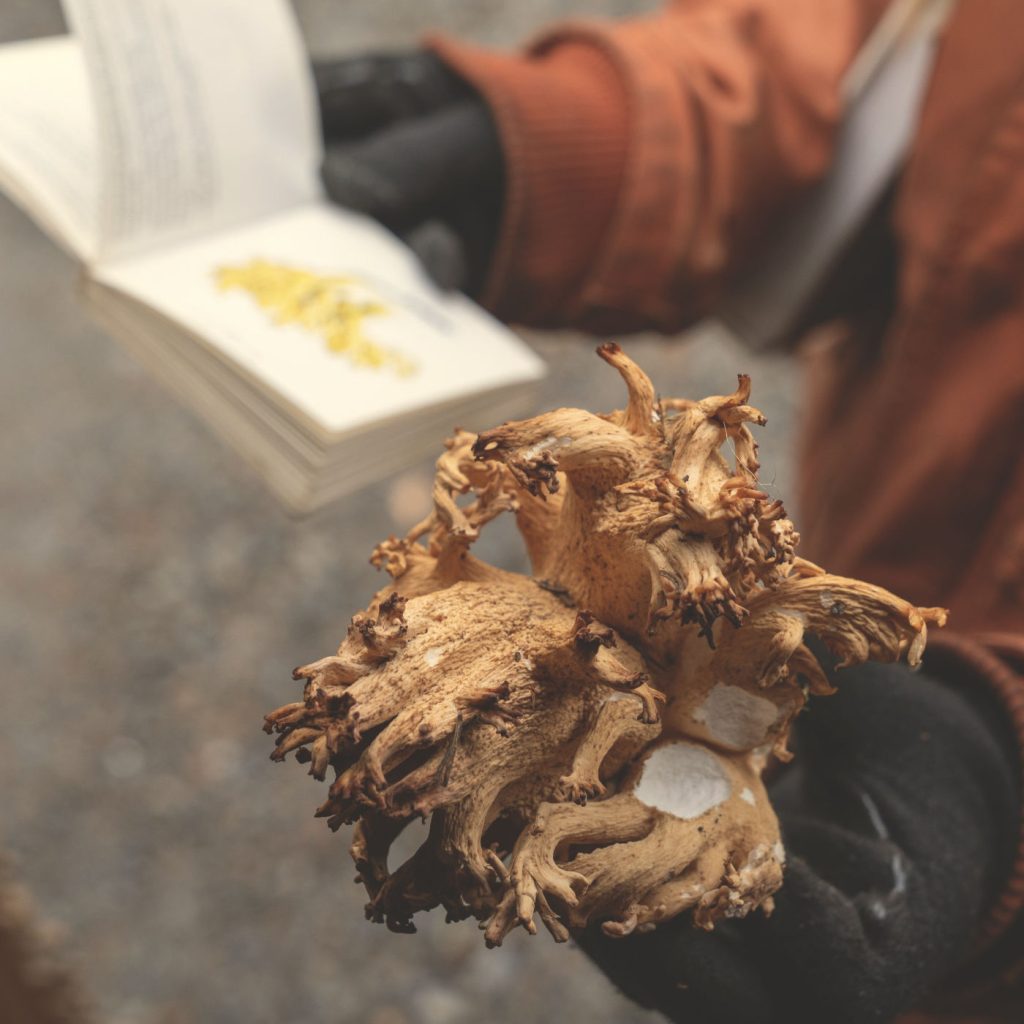
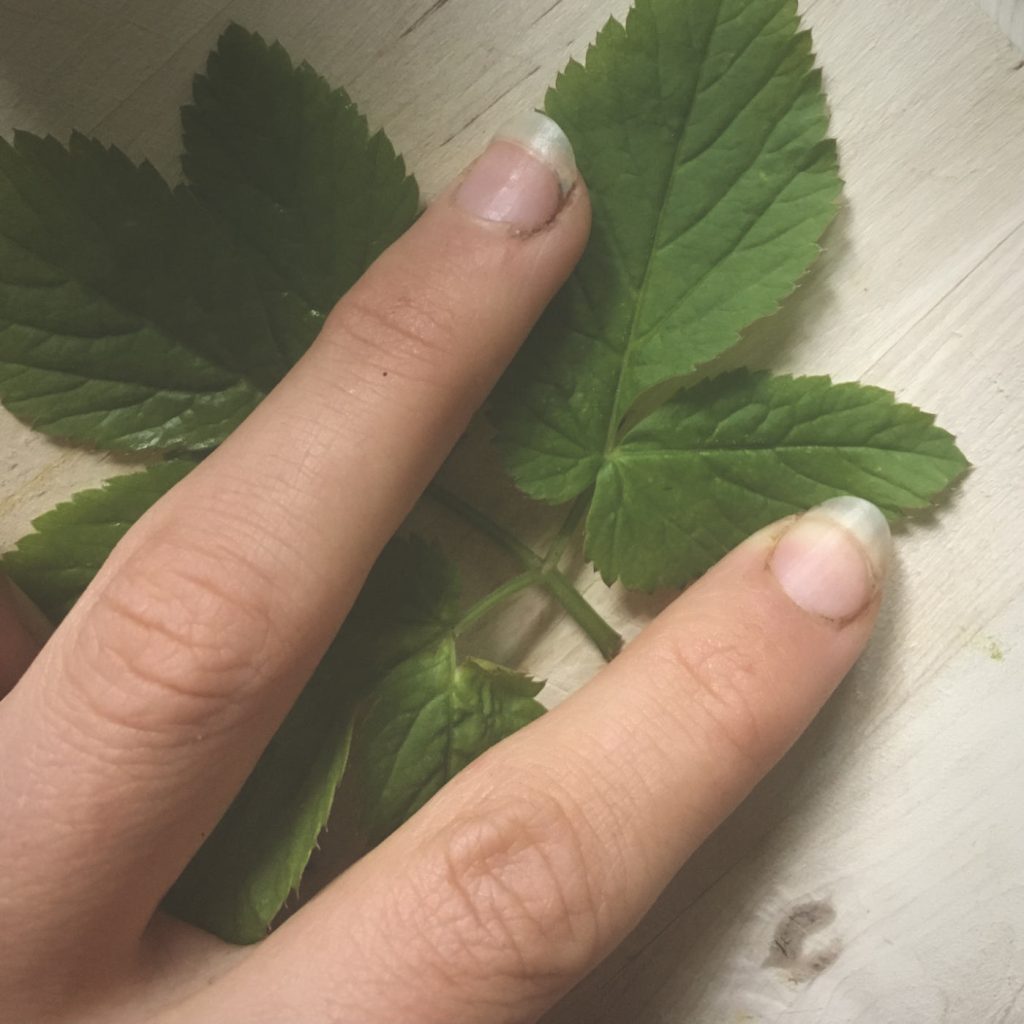
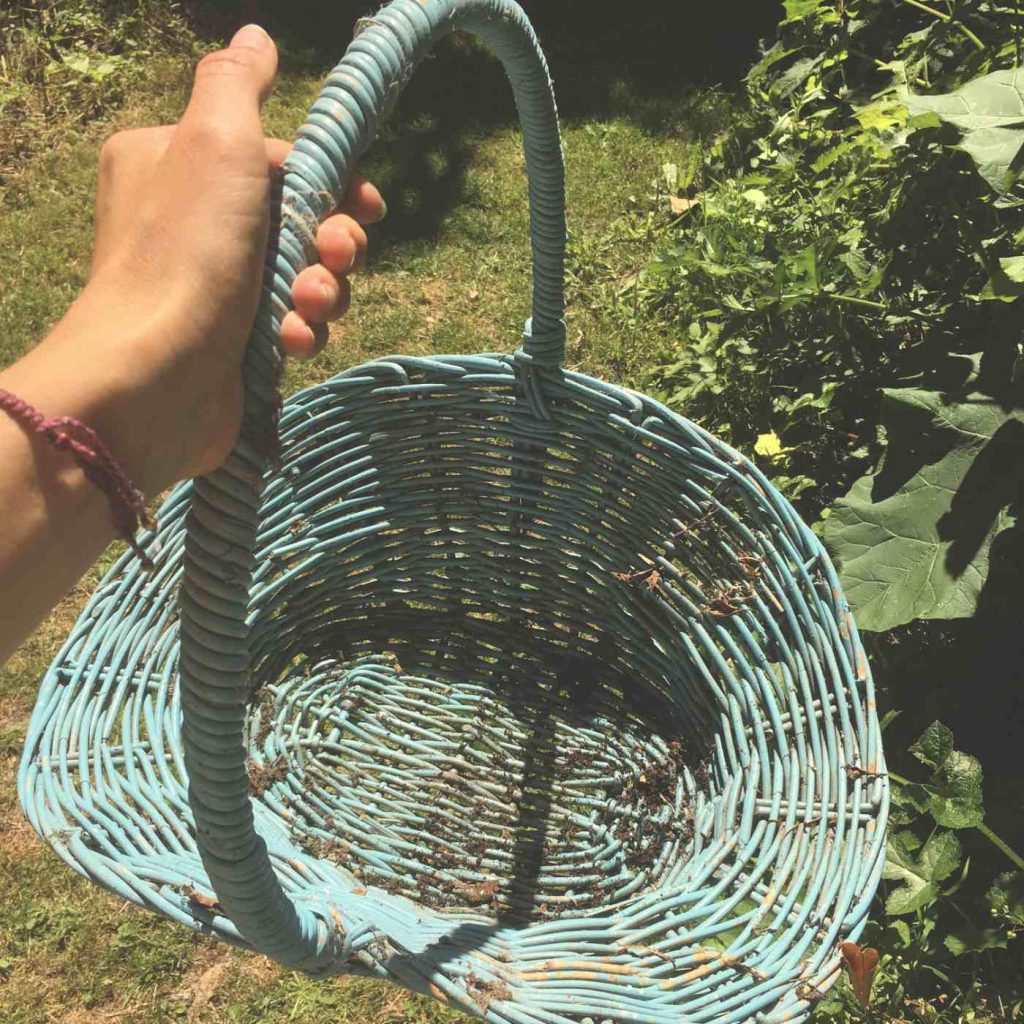
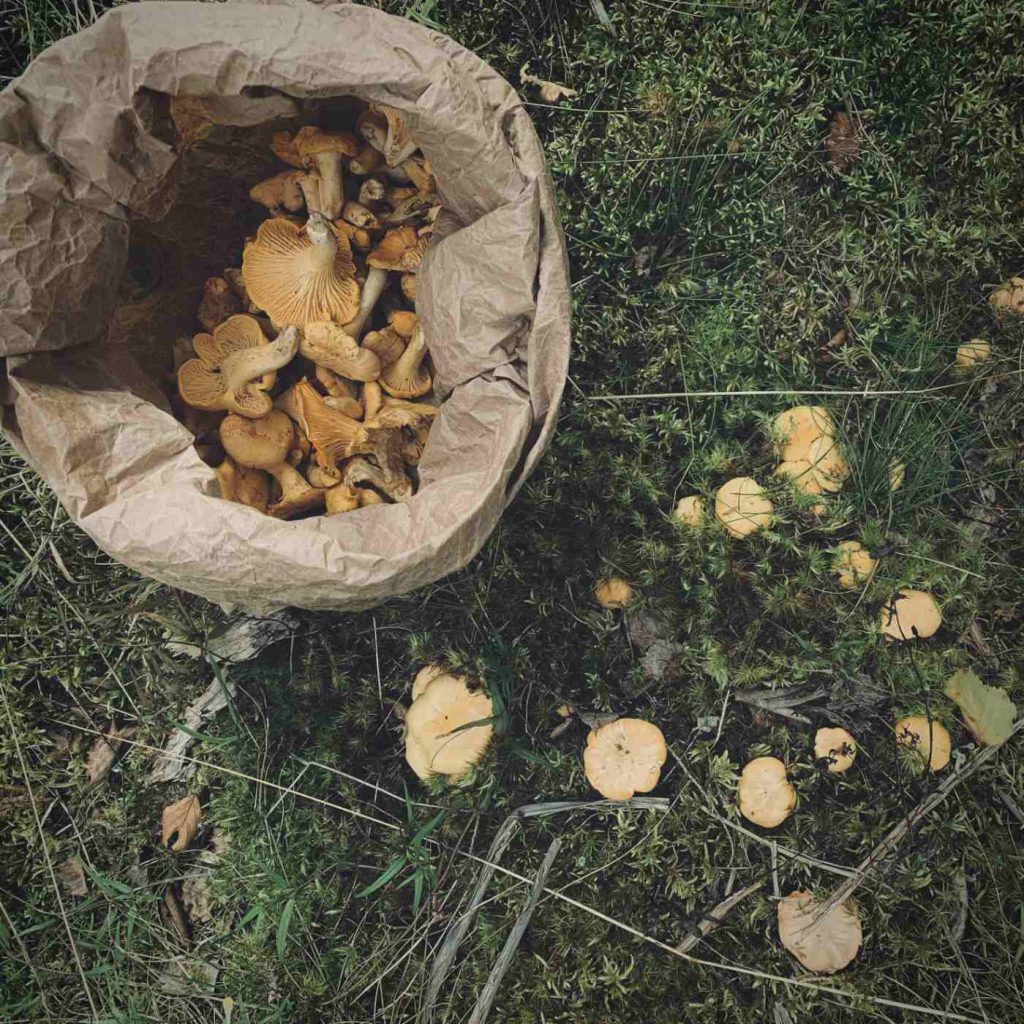
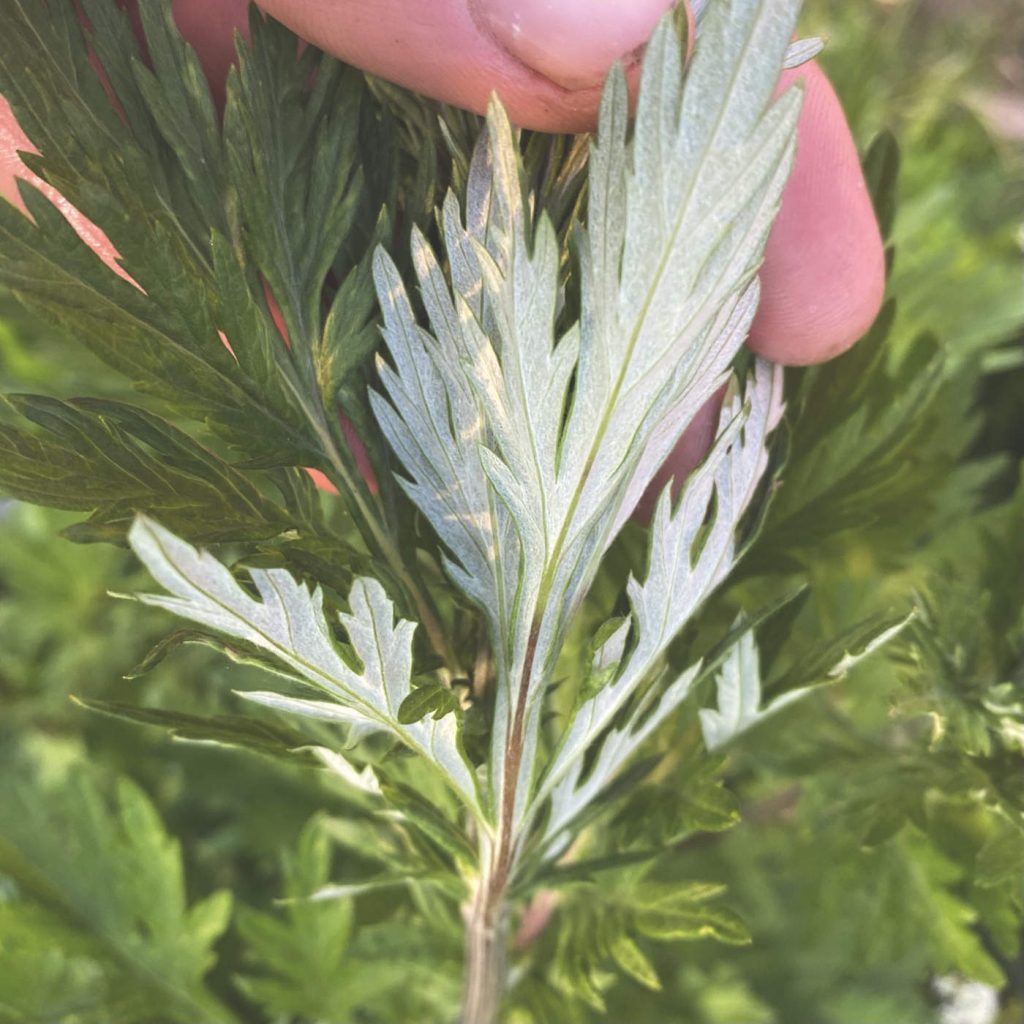
Engaging in these mindful practices ensures that harvesting of wild plants in nature remains sustainable activities that we can continue to enjoy and benefit from, without compromising the health and vitality of our natural environments.
Tips and Tricks
As a little bonus below are some tips and tricks on how to get the ultimate benefit and enjoyment out of harvesting and using plants of different categories.
Plants for medicine
When you harvest plants for their medicinal properties you want to get them at their highest potency. Have you studied your desired plant you will know which part and at what season it should be harvested. However, as a general rule, all aerial parts of a plant are at their highest potency in the late morning or early evening on dry days when there is no dew and the sun isn’t shining hot on the plant. One should never harvest wet plants for medicine and when the sun is strong many of the medicinal and fragrant oils are pulled out of the plants. Having said that, the plant won’t be completely ripped off of its medicinal properties and if your only opportunity to harvest is in strong sunlight then I believe that’s better than to not harvest at all.
Plants for food
You can apply the above to your harvesting of plants for preparing food as well to get their ultimate benefits, however, for me personally that is a bit overkill. Instead, I focus on harvesting wild foods as soon as possible before I plan on eating them. The sooner you eat wild greens after harvesting, the more nutritious they are. In my ideal setting, this would be minutes before eating but depending on where in the world I am, this might be a few hours or a few days provided I can store my harvest appropriately.
Resin
Collecting resin for making healing salves or letting solidify to burn for their fragrance energy can be very exciting and rewarding. Resin works as the tree’s plaster for when it’s been injured and it is therefore extremely important to pick resin in a way that doesn’t impact the recovery/healing of it. Identify where the injury of the tree is, and collect only resin that has dripped down from it. Never be greedy and collect resin that’s covering the wounded area, that would be extremely cruel to the tree who’s working hard to heal. Harvesting resin quickly becomes a sticky mess and you don’t want to get it on your clothes. I use a designated knife to get the resin off the tree and a paper bag to store it in. The only right time to harvest is in my opinion in the colder months when the resin is more solid and easy to get off the tree. I’ve tried to do it in the summer but it just gets too sticky and messy in the heat.
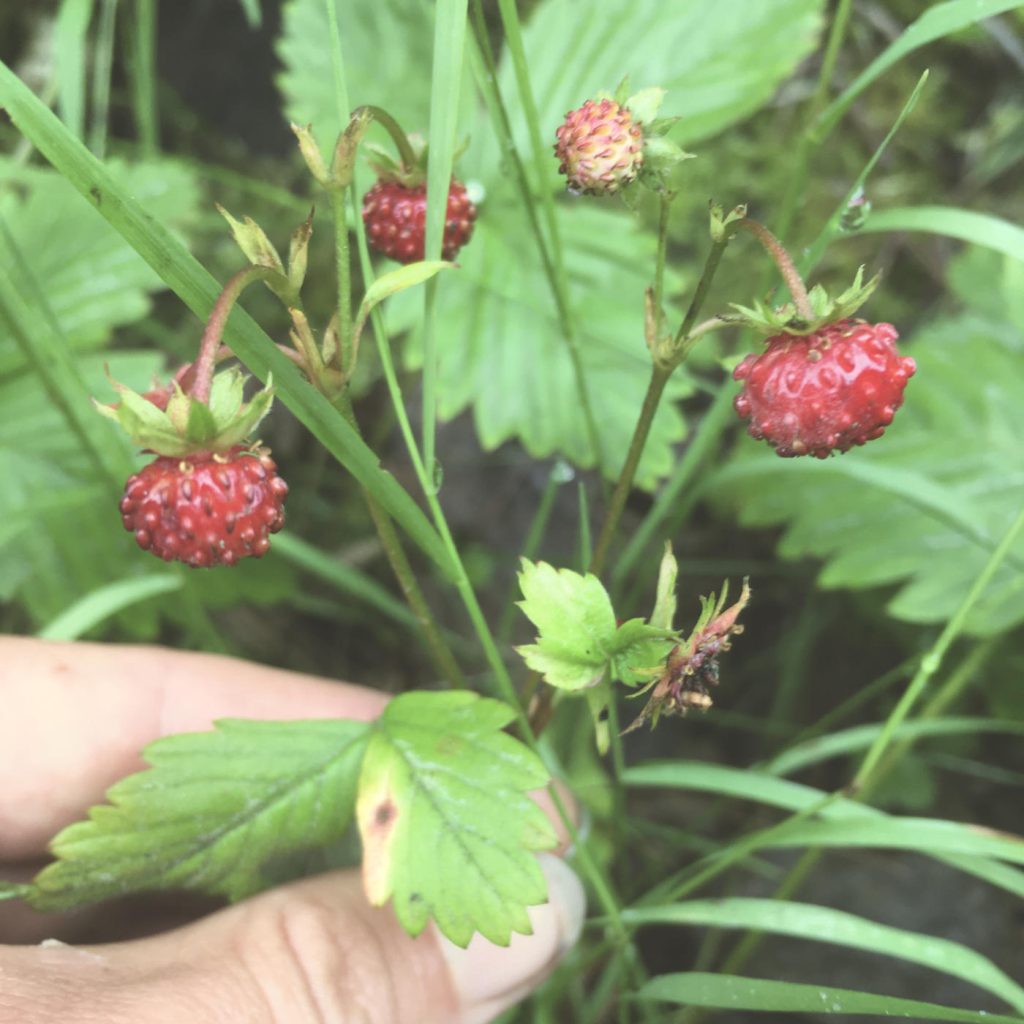
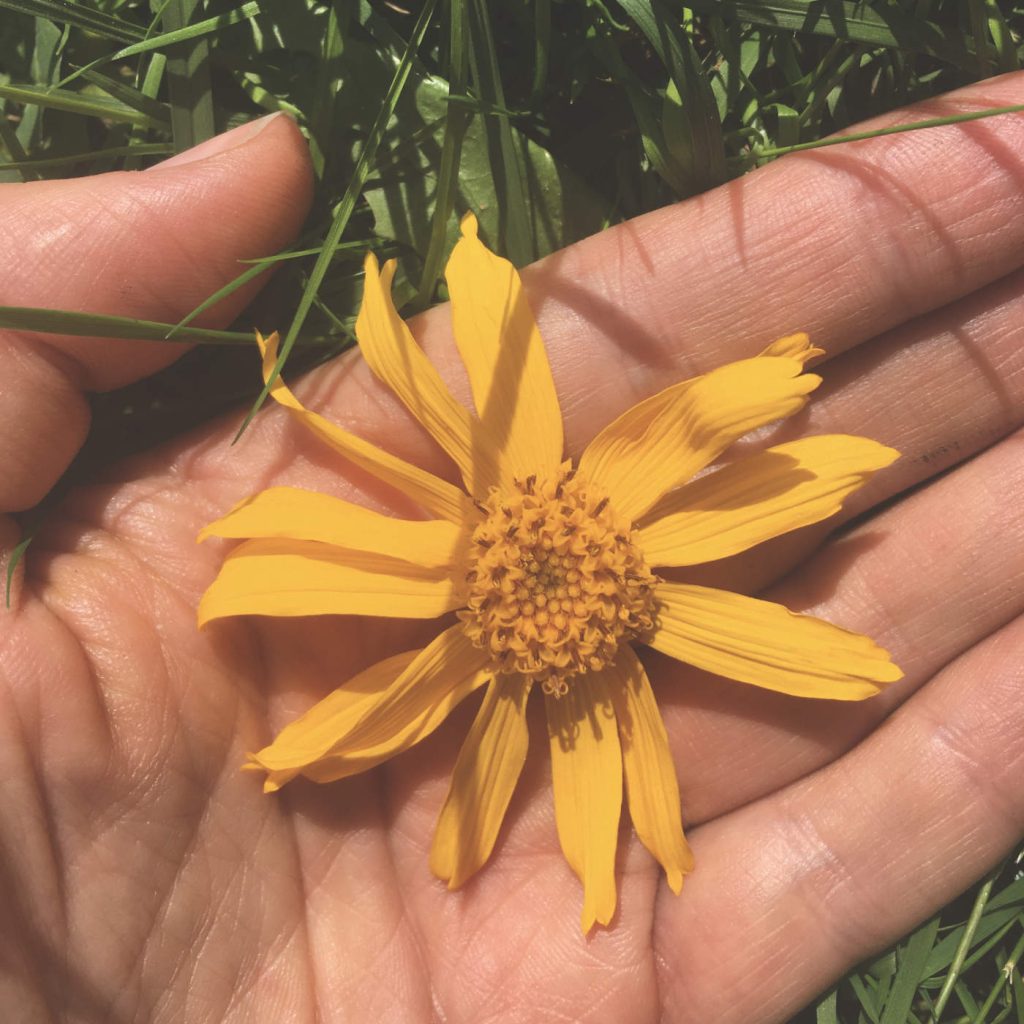
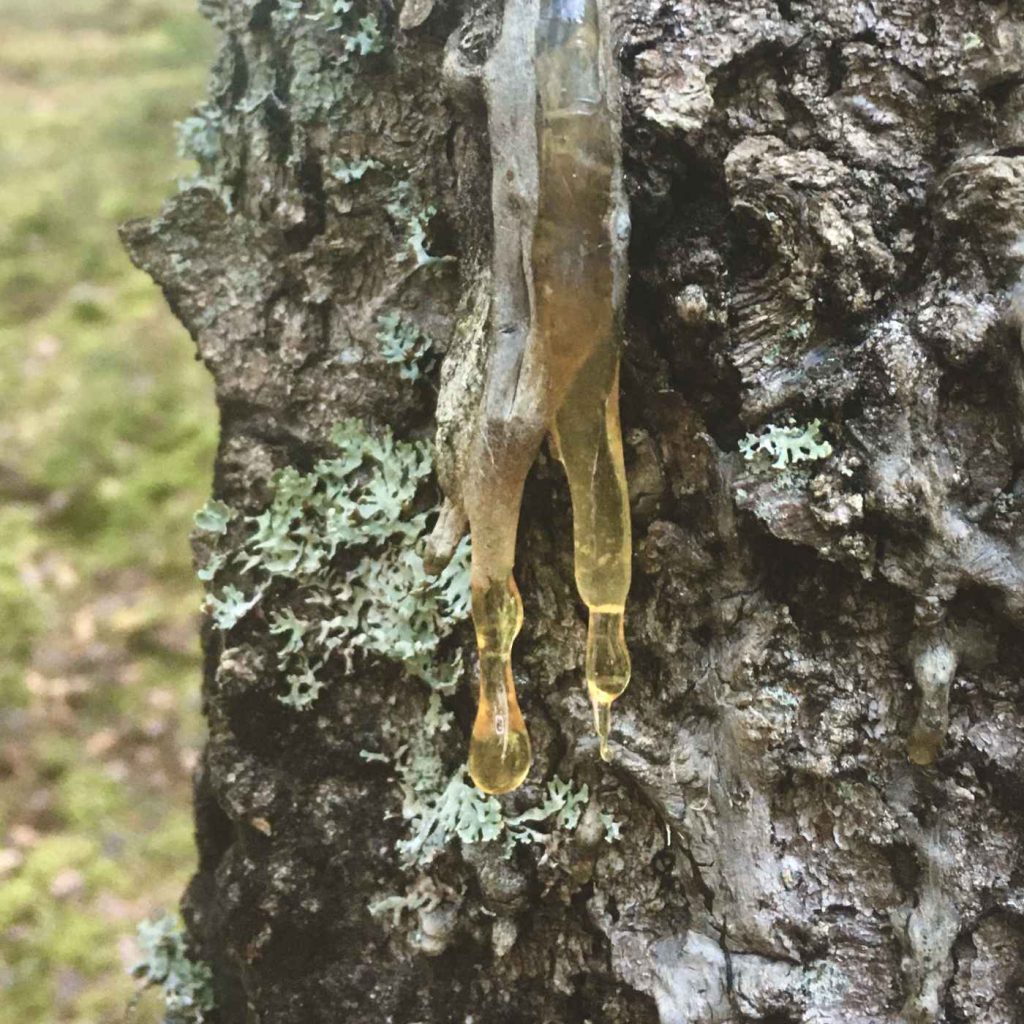
Now, get yourself out in the wild and let the plants share their wisdom and magic. Enjoy! ♡
Love, Sarah Águsta


